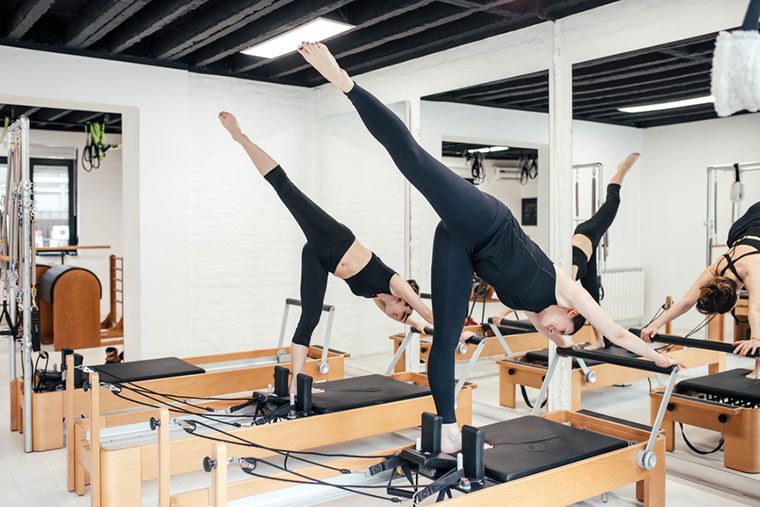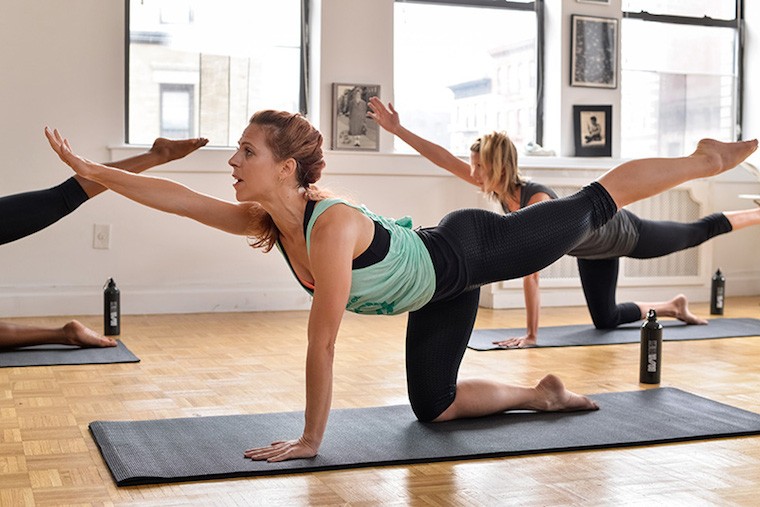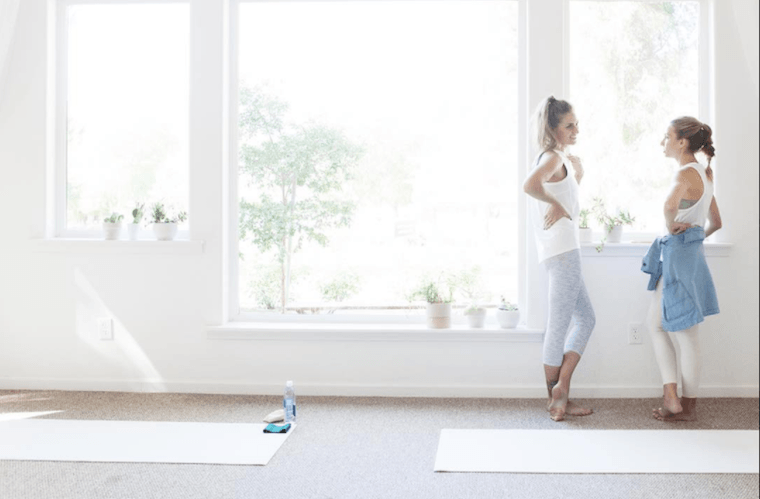Whats the difference between Pilates and yoga
Which is better for *you*—Pilates or yoga?
On the surface, Pilates and can look pretty similar—they both use mats, props, and body resistance movements, for example. But when you take a class in either discipline, you discover they feel pretty different. So, what, exactly, distinguishes the two—and, more importantly, how do you know which one is right for you based on your fitness goals? Does Pilates actually help you build muscle and get toned? Can yoga help you burn calories? Should you do both?
To find out more, I talked to exercise physiologist Marco Borges about the benefits of the two workouts (he’s also the trainer credited for inspiring Beyonce to go vegan, NBD), and tapped two master yoga and Pilates teachers for their insights. Whether you prefer boat-pose or The Hundred, get ready to find out what Pilates and yoga can do for your health—straight from the experts.
Keep reading to find out how yoga and Pilates measure up when it comes to calorie burn, building muscle, improving flexibility, and reducing stress.

Burning calories
“You’re going to get slightly more of a caloric burn with Pilates than you do with yoga—about 15–20 [more] calories per session,” Borges says. “You’re not getting the cardio benefits of a 5k or a sprint, but you’re definitely getting some cardiovascular benefit.”

Building muscle
“Pilates will help increase muscular strength and muscular endurance more than yoga because of the isometric contractions throughout the movements of the different exercises and poses,” Borges explains. So if getting stronger is your goal, Pilates is generally more effective for a few reasons. Because [it] focuses on building core strength and can incorporate resistance equipment (like a reformer), you’ll have more of an opportunity to build muscle tone than in your average yoga class.
According to Lynda Gehrman, Pilates director at Physio Logic Pilates, the exercise method is great for working the smaller muscles that help support your bigger muscle groups and protect your joints. If you’ve ever taken a class and noticed that you feel sore all over, that’s probably because the movements work a lot of the smaller muscles in your abs, butt, hips—even your feet. “Working all of those muscles eccentrically (i.e., in a lengthening movement) is what brings balance to all of your major muscle groups and joints,” she explains.
Pilates equipment is an effective way to add resistance since the springs on the reformers can be measured in pounds—like the weights you use in other strength training classes—according to Gehrman. “There are conversion charts on what a spring equals in weight,” she says.

Improving flexibility
Flexibility is a key component of any fitness routine. But Borges says when it comes to this particular exercise benefit, it’s important to debunk a common misconception: “There really is no way to elongate the muscles,” he explains. “What you can do is stretch them, and by stretching them and strengthening them, you give the body a longer, leaner appearance.” According to Borges, both Pilates and yoga are great opportunities to get in a restorative stretch.

Reducing stress
If you’re thinking about hitting the mat to blow off some steam, it’s a win-win, here. According to Gehrman, Pilates can help to reduce stress because it forces you to focus on your muscles moving, making it nearly impossible to also focus on your to-do list. “In a Pilates class, you’re not just letting your body do the work. You’re telling certain muscles to fire. You’re so into your body that your brain can’t think about anything else except you. It’s turning off that analytical part of your brain,” Gehrman explains.
While Pilates can help you keep your mind off of a stressful situation, according to Borges, yoga is a better stress reducer because it can help lower cortisol levels in the body. “Both workouts are beneficial for reducing stress and calming the mind, but yoga wins there,” he says.
“Yoga is this incredible workout and ‘work in’ at the same time,” adds Heather Peterson, chief yoga officer at CorePower Yoga. “It’s working on the outer body for balance, strength, and flexibility in all planes of motion. And at the same time, it’s working on the inner world, on creating lasting peace and calm.”

The verdict
You can’t go wrong with either class. “I think both are great components for overall wellness,” Borges says. “I wouldn’t choose one workout over the other, and I think they both are a part of what I would deem to be a great workout routine.” In other words, together the two form quite the fitness dream team.
CUTTING-EDGE FOOD, STYLE, AND FITNESS INTEL YOU NEED RIGHT NOW
Find out the latest on the health scene from Well+Good. It’s your all access pass to the wellness world, straight to your inbox.
By submitting my email, I hereby agree to receive email communication and special offers from Well+Good
This content was originally published here.